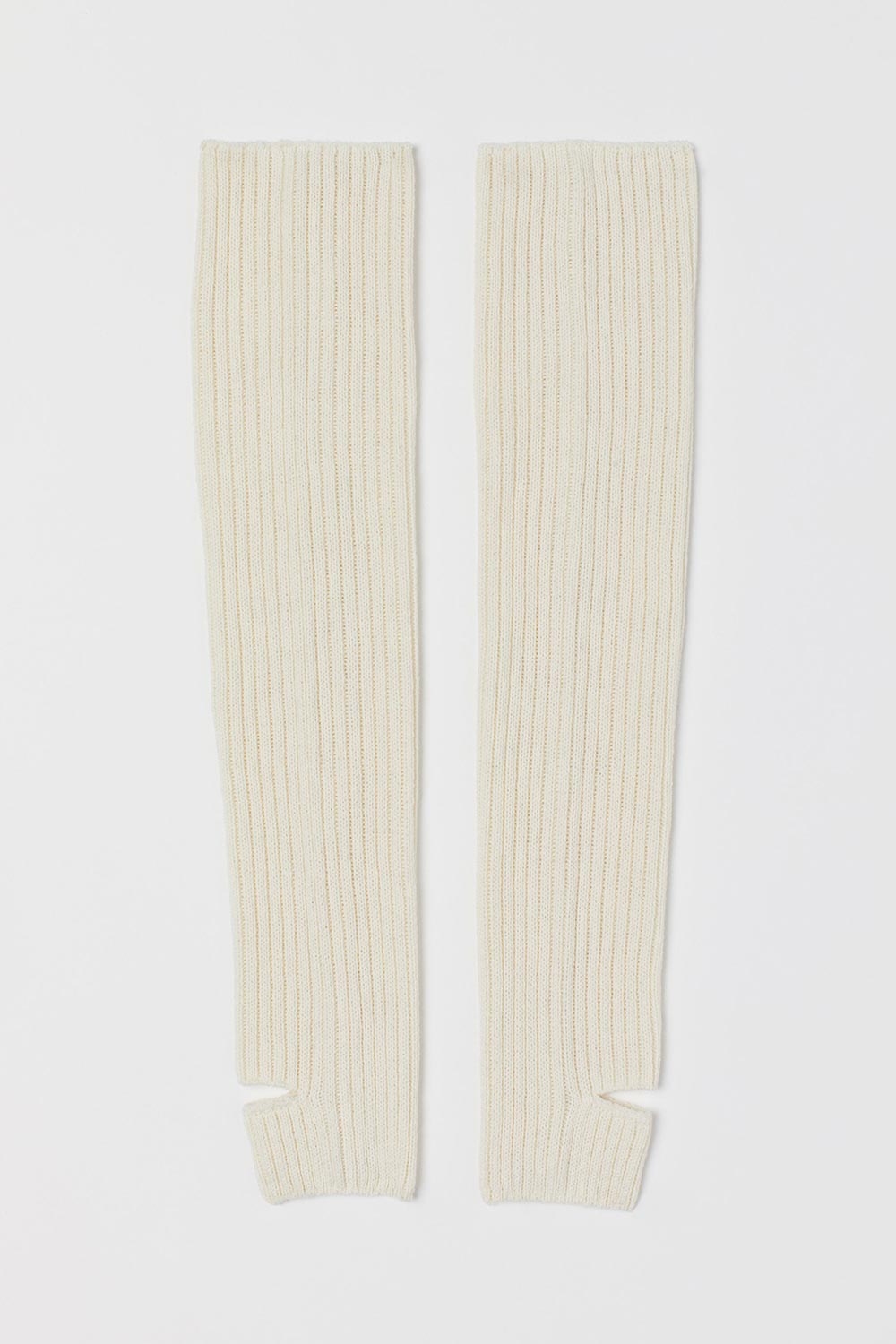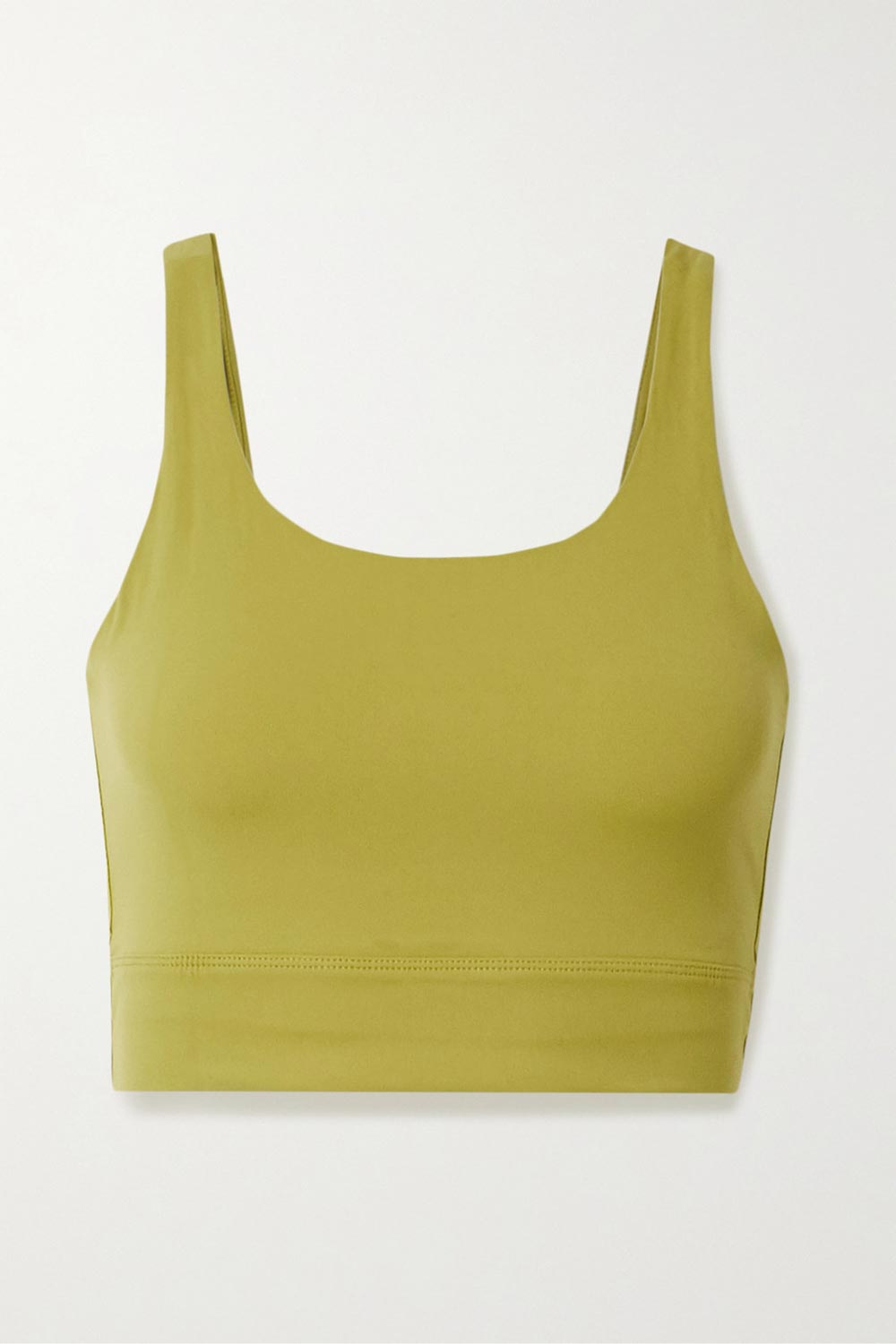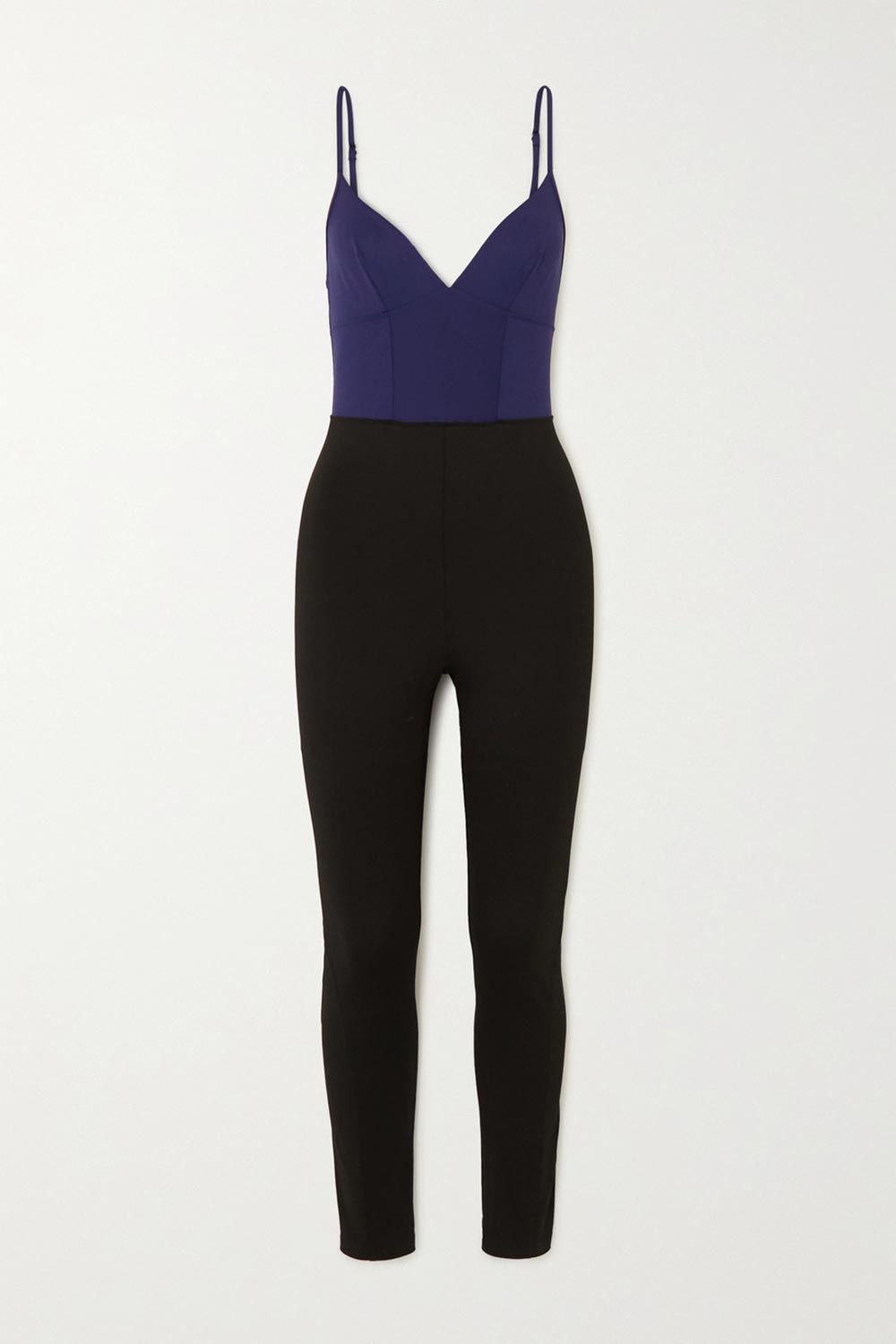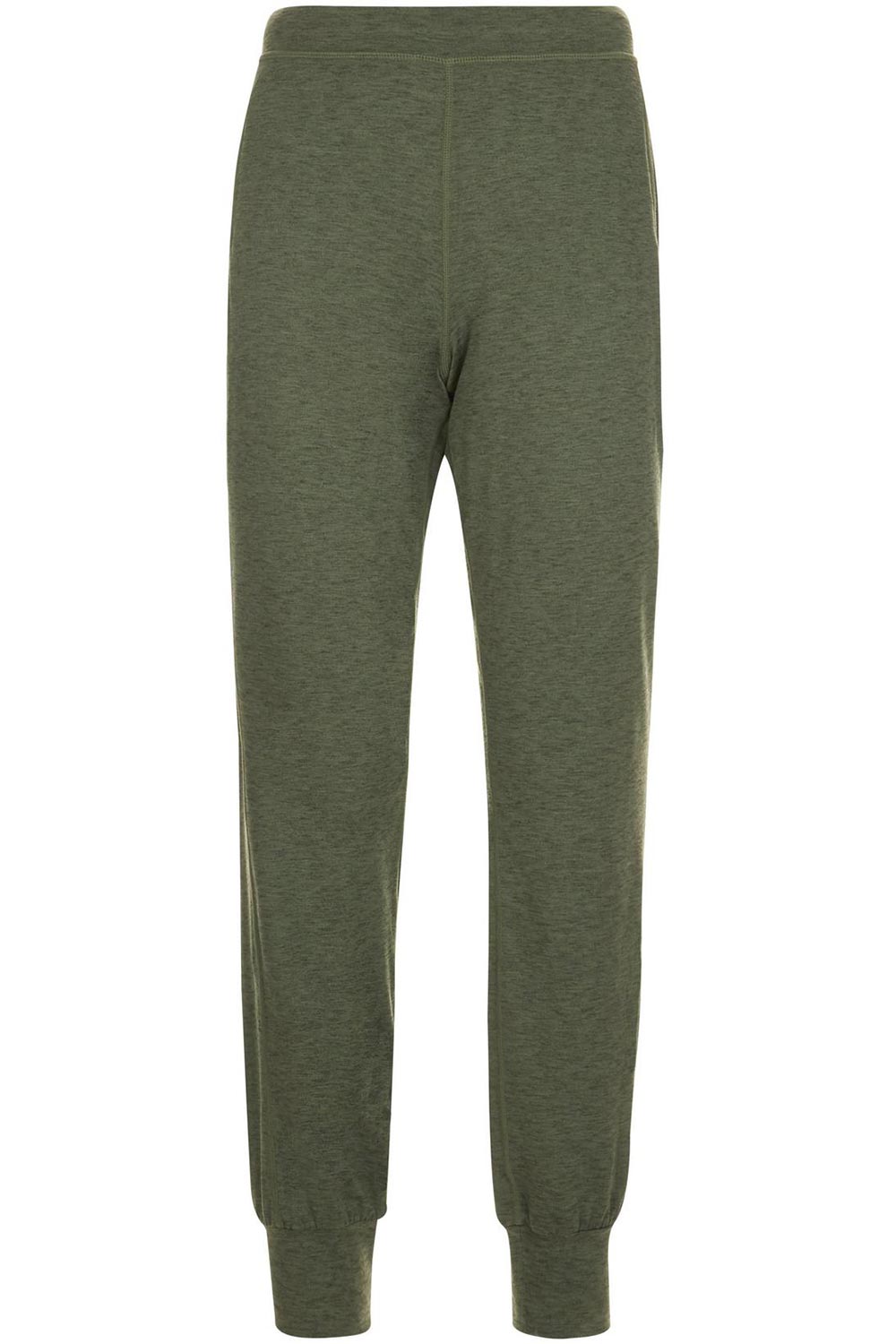Seven ways yoga can help you sleep soundly
Have events of the past few days made it that little bit more difficult to get to sleep? It might be time to pick up the yoga mat...
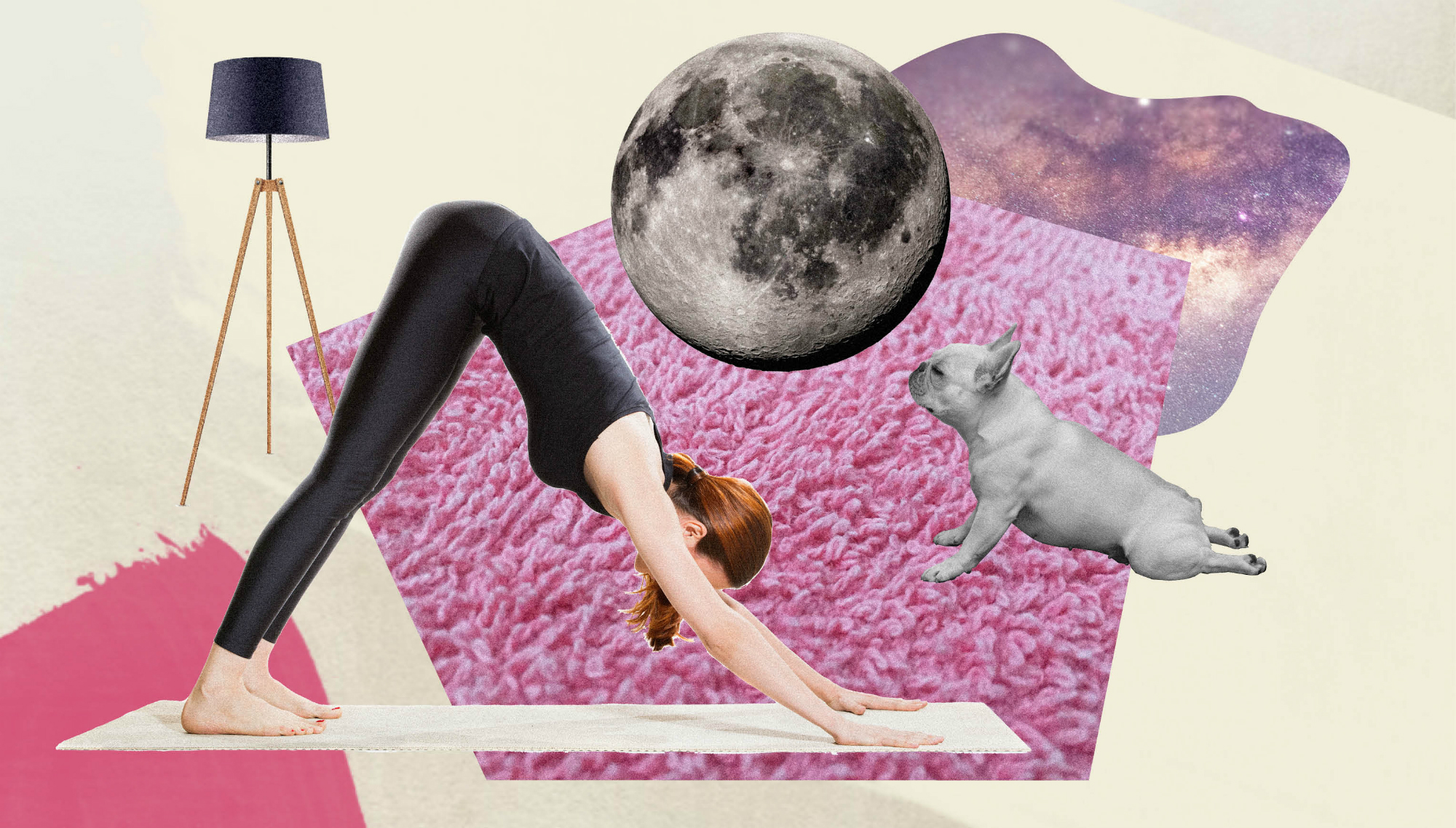
Have events of the past few days made it that little bit more difficult to get to sleep? It might be time to pick up the yoga mat...
Most of us are well versed in the benefits of yoga – but did you know yoga for sleep in particular is seriously effective?
Below Lisa Sanfilippo, London’s leading yoga for sleep expert, reveals seven tips to help improve your quality of sleep and deal with insomnia.
Take a breath break
At least three times a day, or more, take a break and focus on conscious breathing.
During the day: Breathe into the back of your middle ribcage – around the bra-line – to feel more energised. This bigger breath makes you feel more awake and alert. To create a balanced steady feeling, take an inhalation and exhalation of the same length, without straining to do so.
Before bed: Take a Buddha belly breath – which is the opposite of a ‘bikini belly breath’. As you inhale, relax your low belly and allow it to puff out gently between the pubic bone and your navel. As you breathe in into the deep low belly, this stretches the area and a gently lengthened exhale here creates a very settled and relaxed feeling. Making the exhalation longer than the exhale, say a count of four to the inhale of a count of three, or extending to a count of six on exhale for a count of three inhale really taps into the rest-and-digest function of your nervous system.
Embrace the 3pm slump
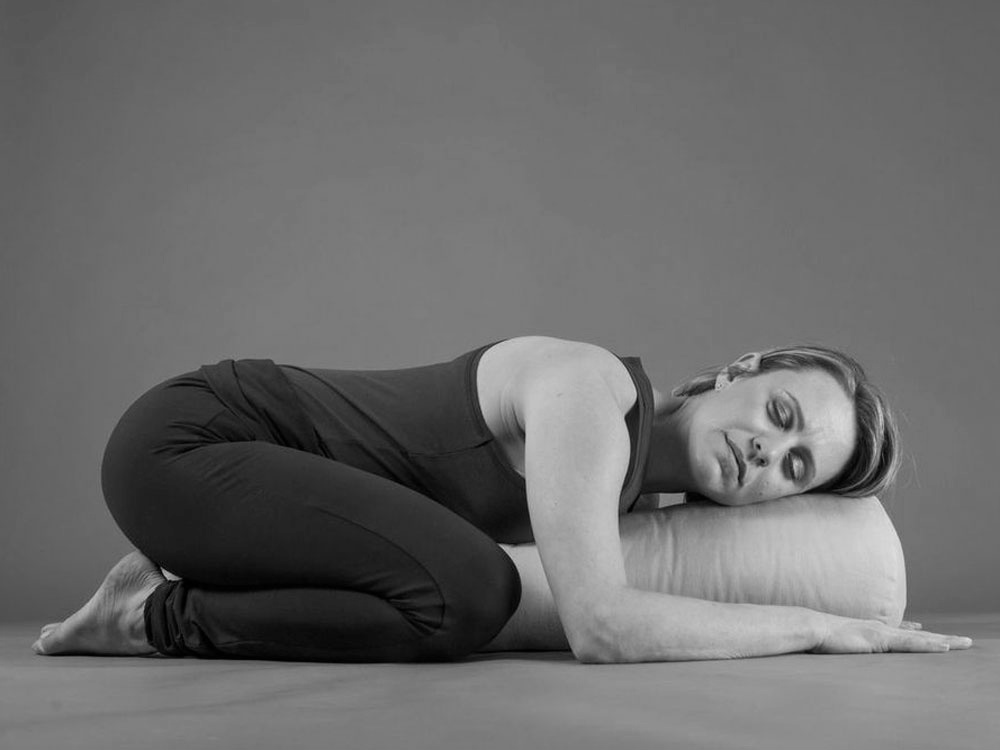
We all have a natural dip mid-afternoon; this is when you’re probably hitting coffee, sweets or the gym. Instead, let your nervous system power down with a brief bit of meditation or a restorative yoga posture. You’ll draw upon less reserve energy for the rest of the day and be less frazzled and wired when sleep time comes - better primed for a restful night.
Marie Claire Newsletter
Celebrity news, beauty, fashion advice, and fascinating features, delivered straight to your inbox!
a. Practice child’s pose over a cushion. From an all-fours position, bring your big toes together and keep your knees wide. Stretch your hips back and rest your belly and head on a bolster, or a cushion from the arm of a sofa can work brilliantly. If no pillows are to be found just rest your head on the floor!
b. A great meditation technique is to focus on the breath as it enters and leaves your nostrils - noticing the temperature, texture and moisture in the air, without trying to control your breath. When your mind wanders, be gentle with yourself and guide it back to this small area. Your focus narrows to this small space and your mind calms easily and gracefully. It’s like pressing a mental ‘reset’ button.
Salute the sun
Sun salutes stretch the major muscle groups of the body well and get your breath moving freely - making you feel more alert. With this bite-sized bit of light and uplifting exercise in the morning, you’ll start the day having synchronised your movements with your breath, clearing your mind, boosting your mental focus and sense of physical wellbeing. You’ll no longer start the day stressed and behind time and instead be bright-eyed and ready to greet the day.
Make mini meditation moments
Shut your eyes and focus on releasing the places where tension accrues in your body. Do this several times a day. With eyes closed, mentally scan your body and feel any place that you hold tension. Imagine that you’re breathing light into this area as you inhale, and the area that’s tense dims and softens as you exhale. That way when it’s sleep time, there will be less accumulated tension to slough off before being ready to drop into sleep.
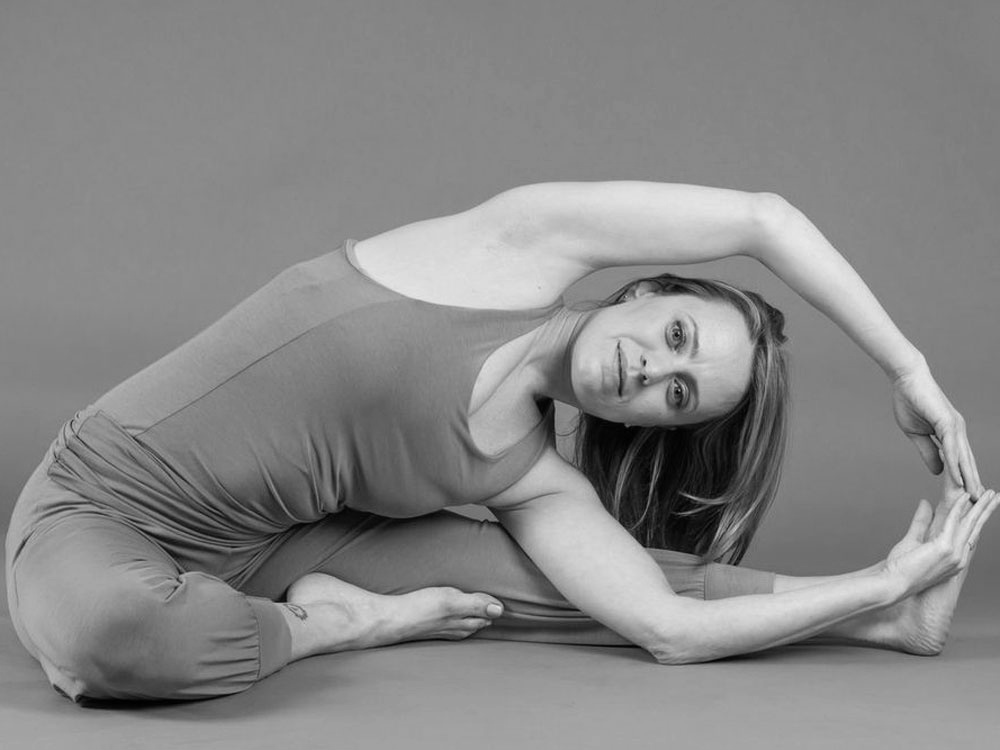
Press the reset button with a leg up
Book a meeting room at work and get your legs up the wall. Breathe and let your body get heavy into the floor for ten minutes. You’ll start taking conscious even deep breaths inhaling and exhaling for a count of four, but after about 10 breaths let your breath be natural; it will become shallower as you relax. It takes at least three minutes of being settled for the ‘relaxation response’ to kick in, and 10 minutes usually creates a feeling of relaxation and readiness for the rest of the day.
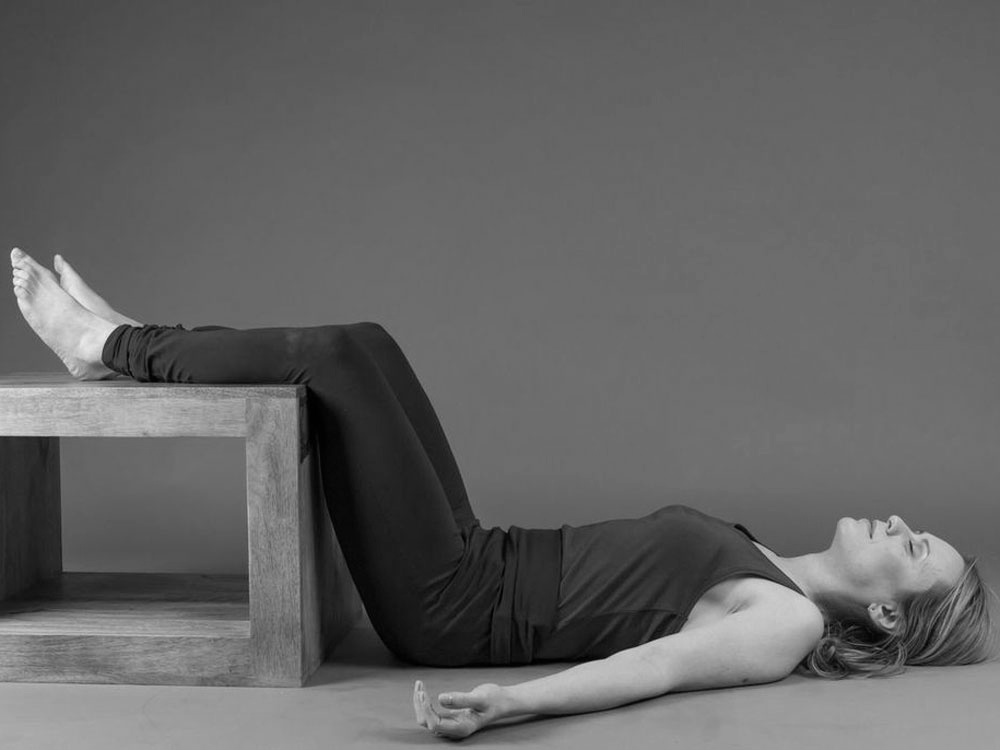
Before bed
1. Slip into mood lighting: Your body is naturally programmed to produce melatonin, the brain chemical that induces sleep, when it gets dark outside. Bright lights late at night, like at the gym or a well-lit living room can keep you awake. Start turning down the lights two hours before bed, and switch to low, warm light- candlelight is very soothing. The organic red light of a candle, instead of the blue-tinged light of your phone or tablet, will calm the tired mind and send the sleep message.
2. Treat your feet: Take your shoes off several times a day, to create a grounded and relaxing sensation. Wash your feet at night before bed, whether in the shower or just popping a foot up into the sink. After warming the feet up, it’s prime time for a little self-foot massage or some reflexology points with soothing raw sesame oil. Add a hint of vetiver or rose essential oil to sink further into a relaxed state.
3. Rest your head: Pressing the acupressure point at the ‘third eye’ just between the eyebrows and gently pulling downward towards your nose will calm the muscles of the forehead, sending a ‘calm down’ message to the brain. This is the opposite of raising your eyebrows (which is stimulating and activating to the nervous system). Combine this with slow lengthened exhalations and you will feel the difference immediately, and your face will emerge looking calmer and more easeful.
Yoga for sleep: The best poses
1. Back to Earth
Reel out a calming sequence of yoga poses that begins with some hip rolls on all fours, continue by stretching your hamstrings then move on to release tension in your hips, breathing into the low belly and feeling your body drop on to the floor as you breathe out.
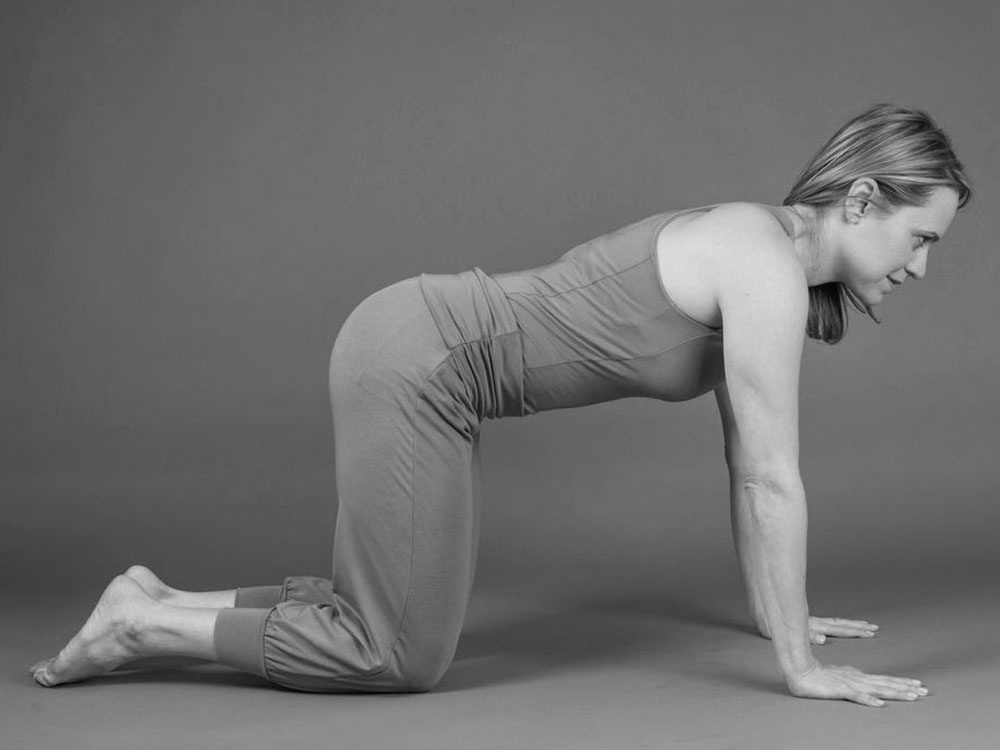
2. Forward bend
Take this inversion pose that places gentle pressure at the crown of your head or at the third eye point - the place we can scrunch up the forehead when we’re stressed. Take a wide stance, with your feet as wide apart as your arms when you stretch them out to the sides. Now bow forward at the waist - you can put your bottom against the wall if you need support.
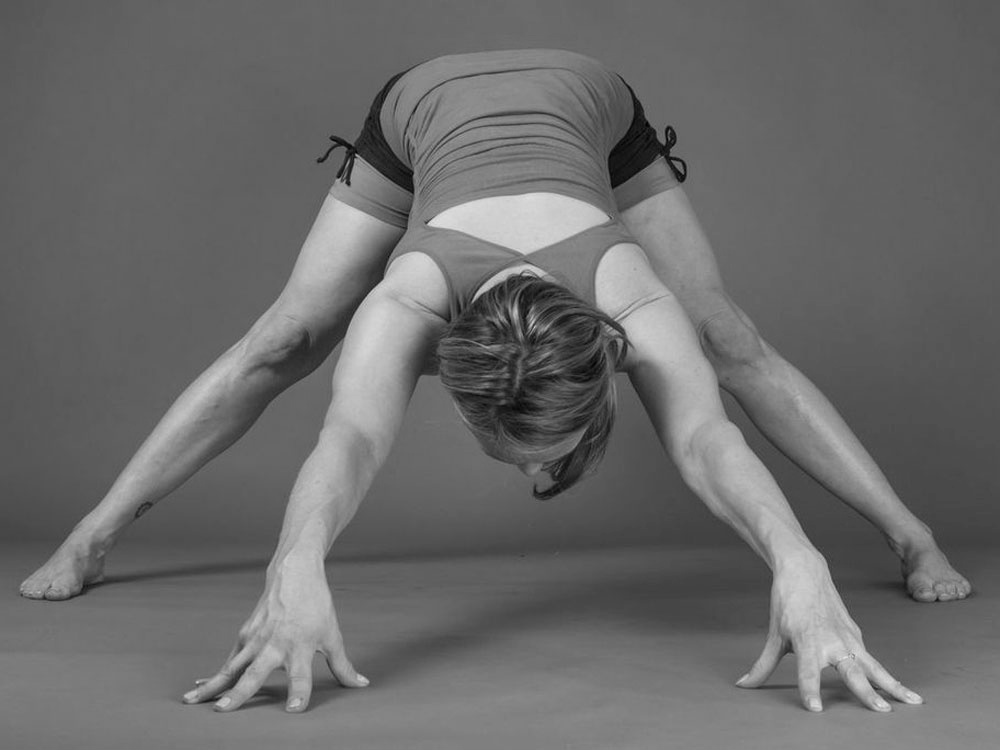
Put your hands on the floor and bending forward press your forehead, or crown of the head, to the seat of a chair or if you’re bendy and have a yoga block press the head gently to the block on the floor. This calms your brain instantly. A gentle forward bend with your legs astride chair legs and head on the chair will stretch the long muscles along the spine and take the tension out of having to hold your body up all day long.
Taking time to care for yourself all day is the key to relaxing better at night and dropping off into a state of sweet slumber. Consider your crash course in yoga for sleep, complete.
And in case you need some new yoga gear, shop our favourite pieces below.
The leading destination for fashion, beauty, shopping and finger-on-the-pulse views on the latest issues. Marie Claire's travel content helps you delight in discovering new destinations around the globe, offering a unique – and sometimes unchartered – travel experience. From new hotel openings to the destinations tipped to take over our travel calendars, this iconic name has it covered.
-
 Jonathan Anderson is going to Dior Men
Jonathan Anderson is going to Dior MenHis debut collection will be this June
By Mischa Anouk Smith
-
 I'm a 2025 bride and these are the best affordable wedding dresses I've found
I'm a 2025 bride and these are the best affordable wedding dresses I've foundLess than £1,000 but still the height of chic
By Sofia Piza
-
 Hands down, these are the best wedding foundations for each skin type
Hands down, these are the best wedding foundations for each skin typeThat bridal glow, bottled
By Denise Primbet
-
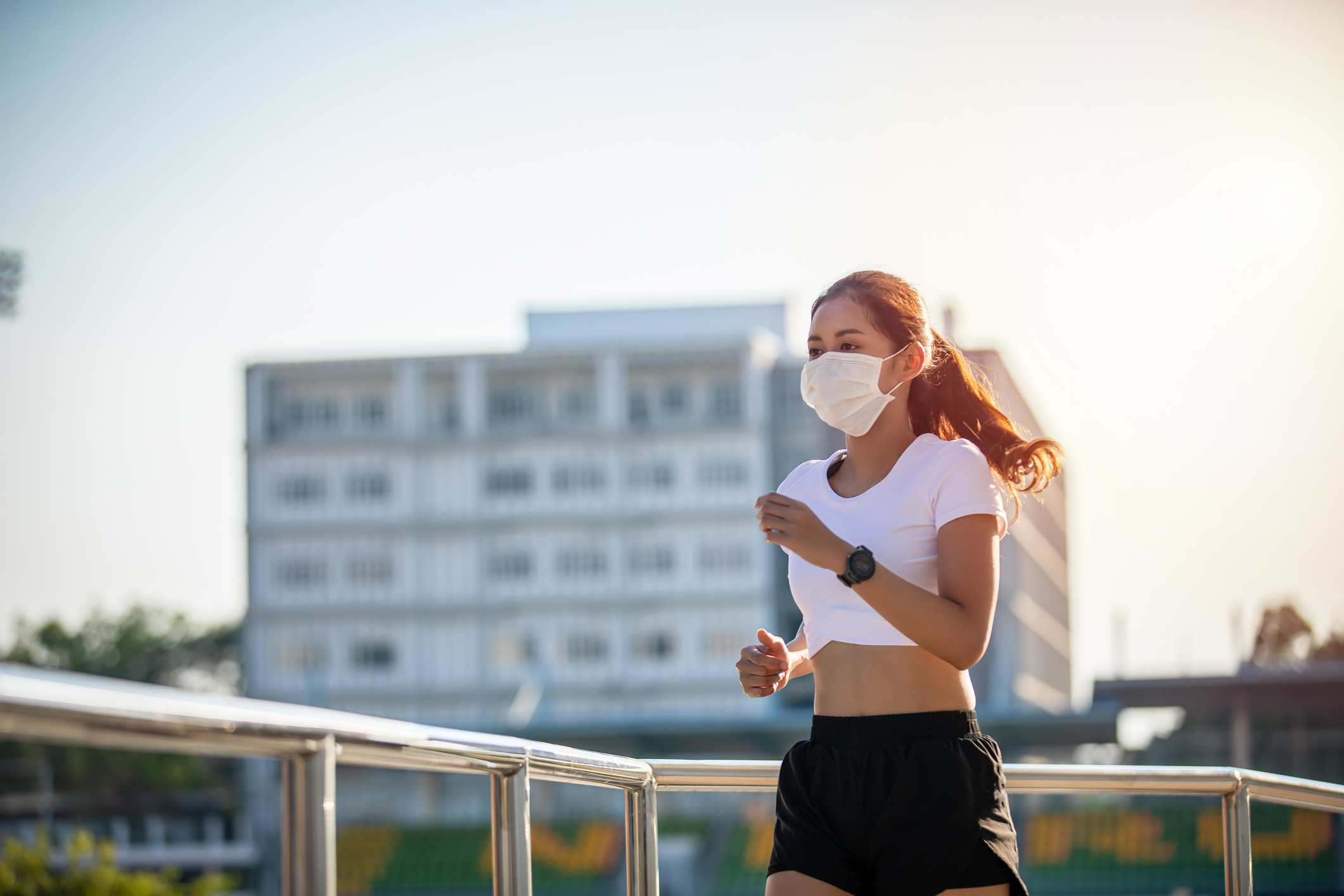 Why haven't I had Covid yet? 6 reasons, according to a doctor
Why haven't I had Covid yet? 6 reasons, according to a doctorAs new vaccine SpikeVax is given the green light in the UK.
By Ally Head
-
 Here's how much lateral flow tests will cost, now that free testing is over
Here's how much lateral flow tests will cost, now that free testing is overIt's thought lateral flows will be more expensive in the UK than in most other parts of the world.
By Ally Head
-
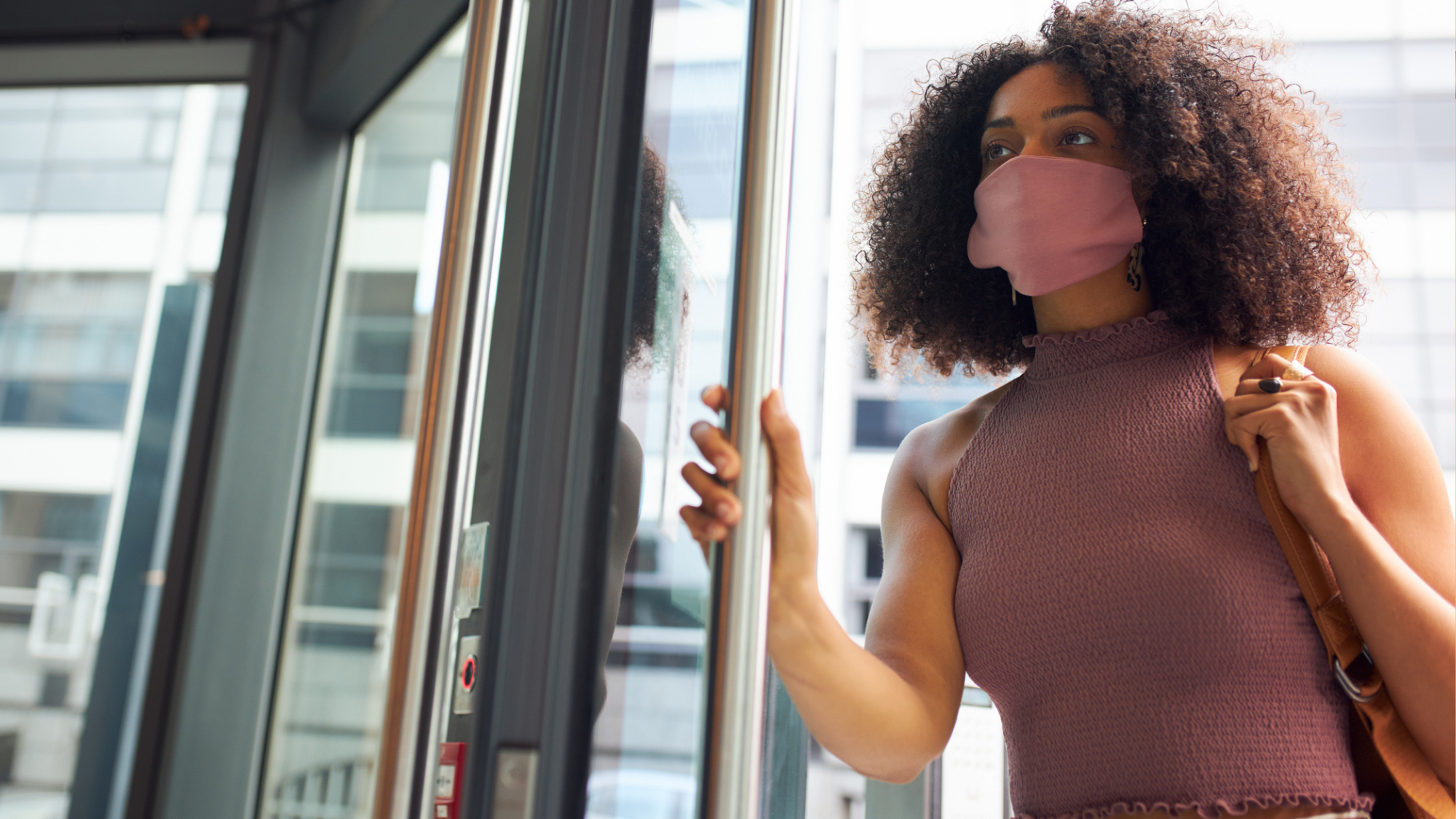 So, does Omicron cause stomach pain? Plus 7 other flags you may have the virus
So, does Omicron cause stomach pain? Plus 7 other flags you may have the virusThe Office For National Statistics reported last week that around one in 16 people currently has Covid in the UK.
By Ally Head
-
 Your need-to-knows about the two new Covid variants, plus whether you need to be worried
Your need-to-knows about the two new Covid variants, plus whether you need to be worriedThey're being called "Deltacron" and "Stealth Omicron".
By Ally Head
-
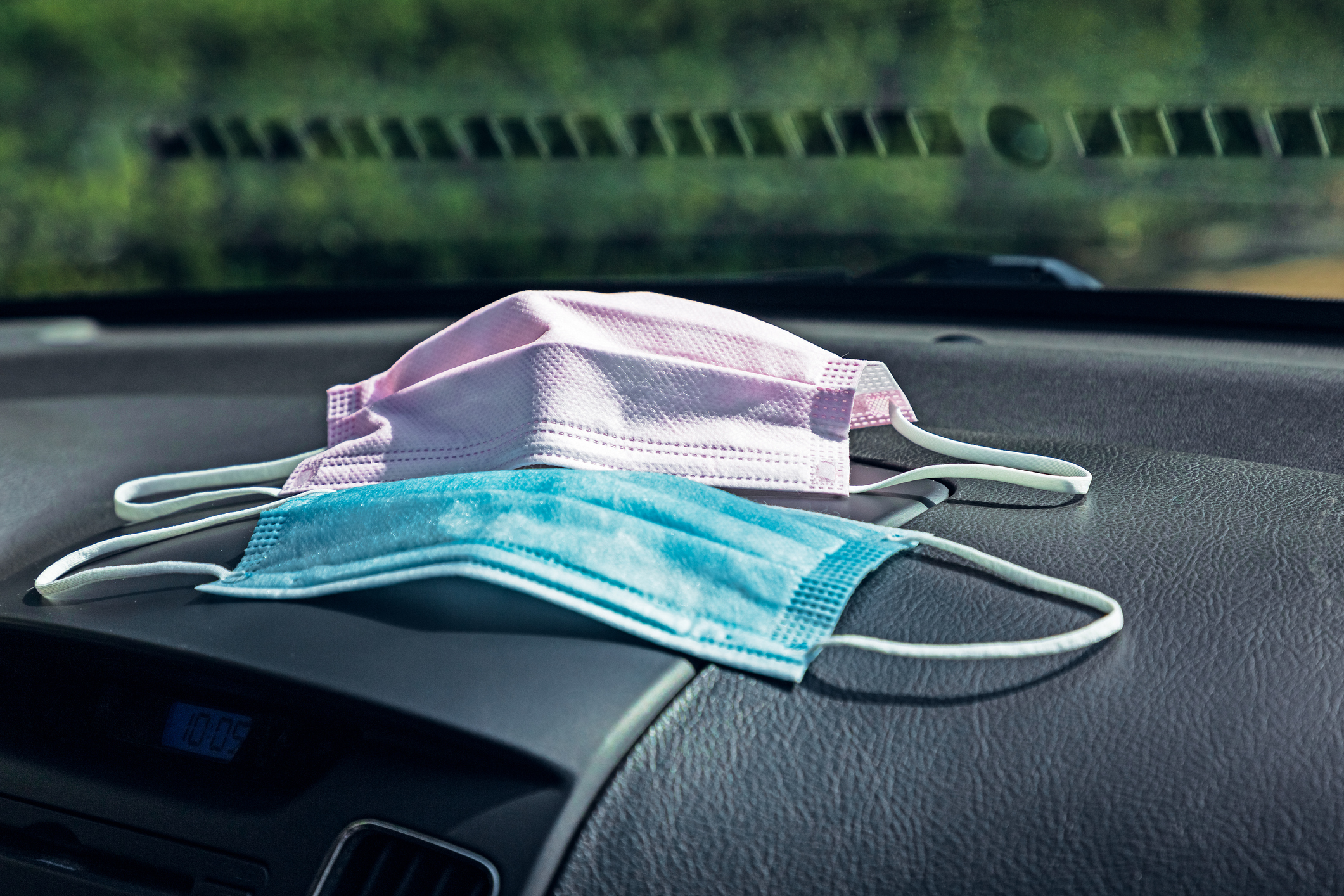 Those in contact with Covid-19 to test daily, plus all adults offered booster jabs to halt Omicron "tidal wave"
Those in contact with Covid-19 to test daily, plus all adults offered booster jabs to halt Omicron "tidal wave"Daily testing will be implemented from tomorrow, according to the latest announcement.
By Ally Head
-
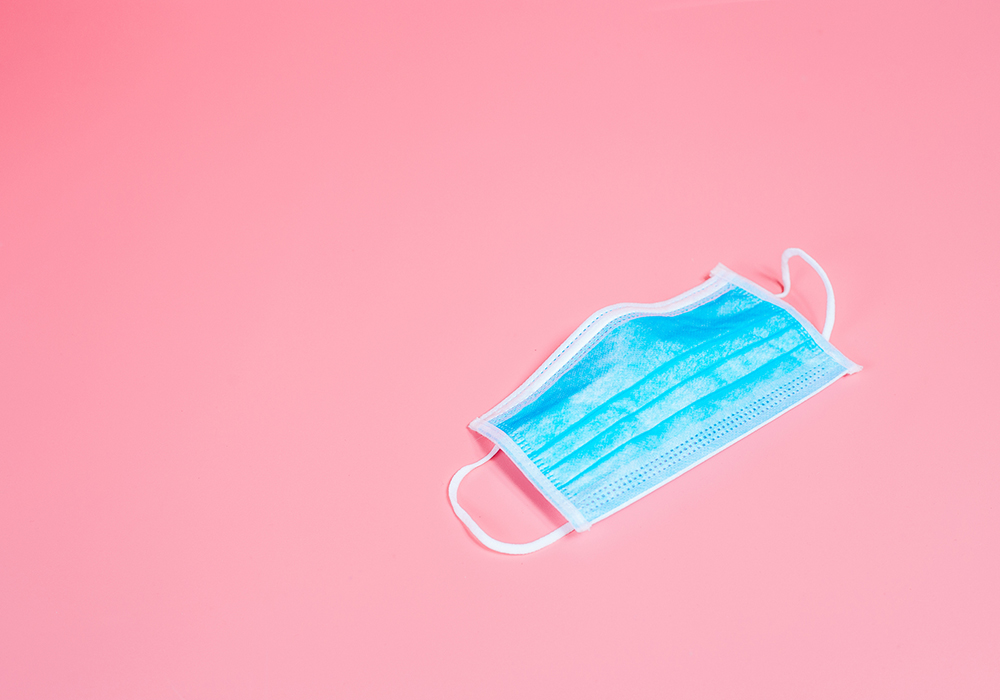 Omicron may have slightly different symptoms, says doctor who first discovered the variant
Omicron may have slightly different symptoms, says doctor who first discovered the variantThe new COVID-19 variant was first reported in South Africa last week.
By Catriona Harvey-Jenner
-
 43,000 PCR tests across the UK have shown false negatives
43,000 PCR tests across the UK have shown false negativesTest and trace has been suspended, as a result
By Ally Head
-
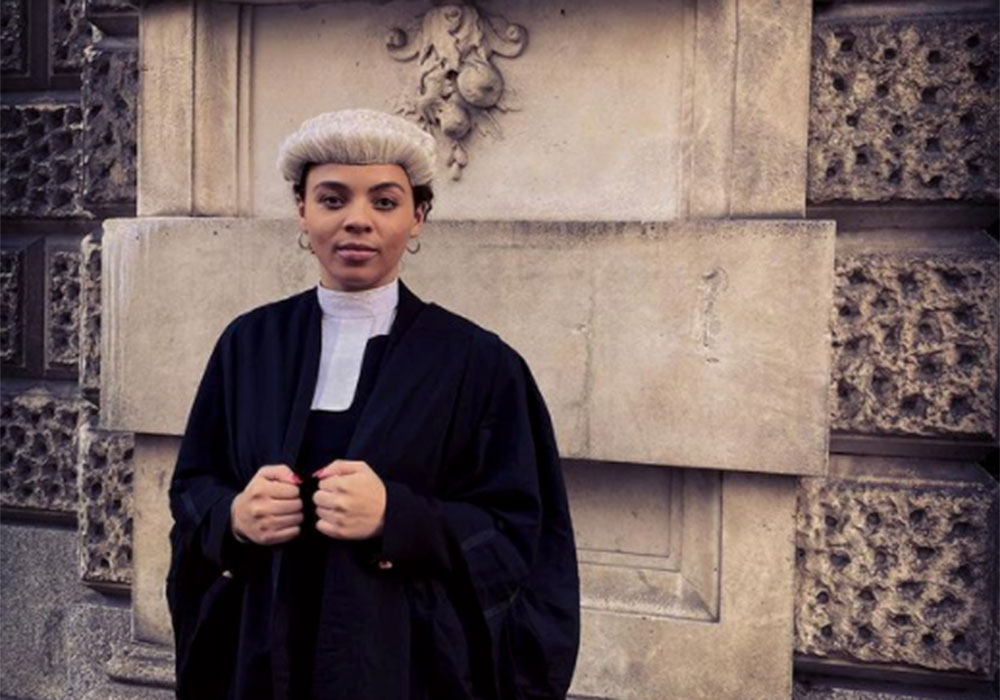 "I'm a Black barrister working in a broken justice system"
"I'm a Black barrister working in a broken justice system"Alexandra Wilson is a 26-year-old barrister speaking out about sexism, racism and class inequality at the very heart of the legal system. She shares her disturbing experiences, and why activism will make a difference.
By Alexandra Wilson
